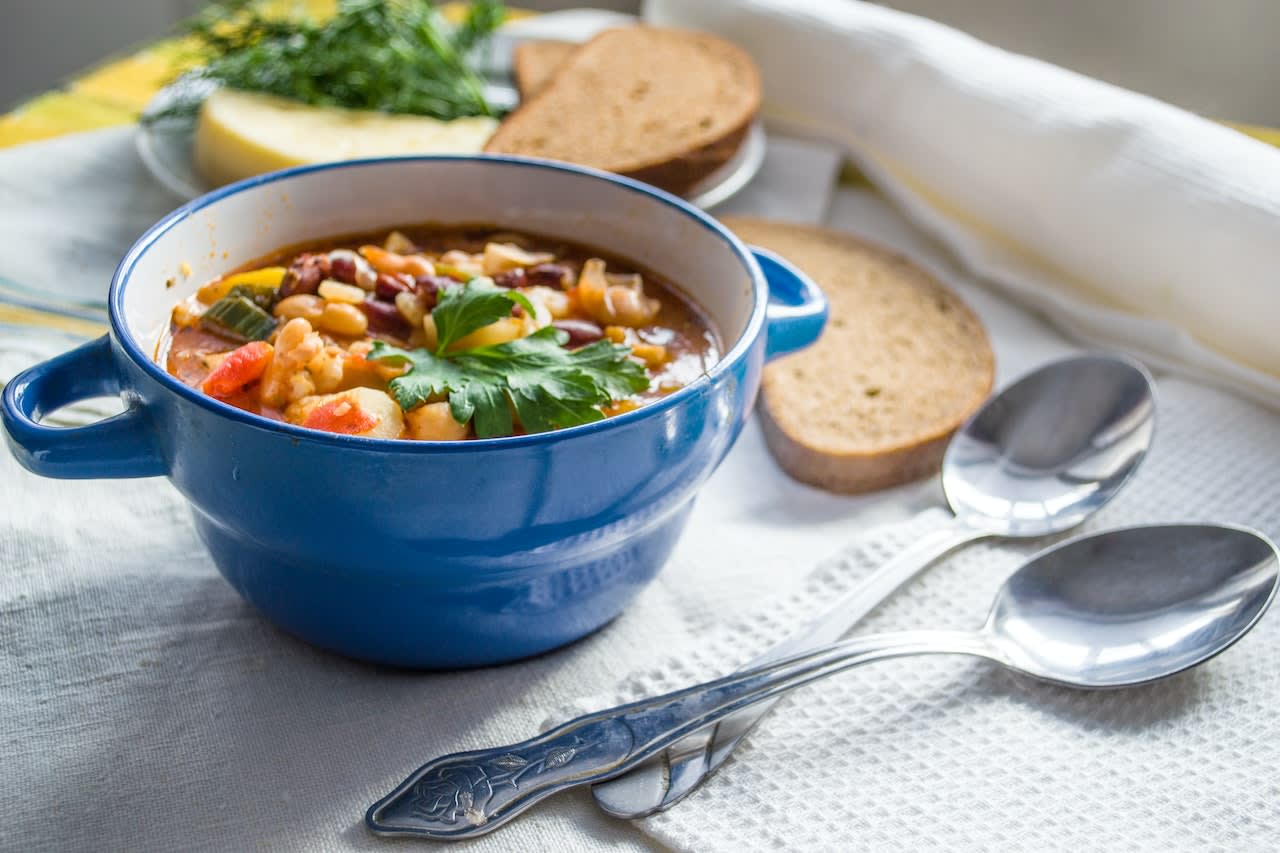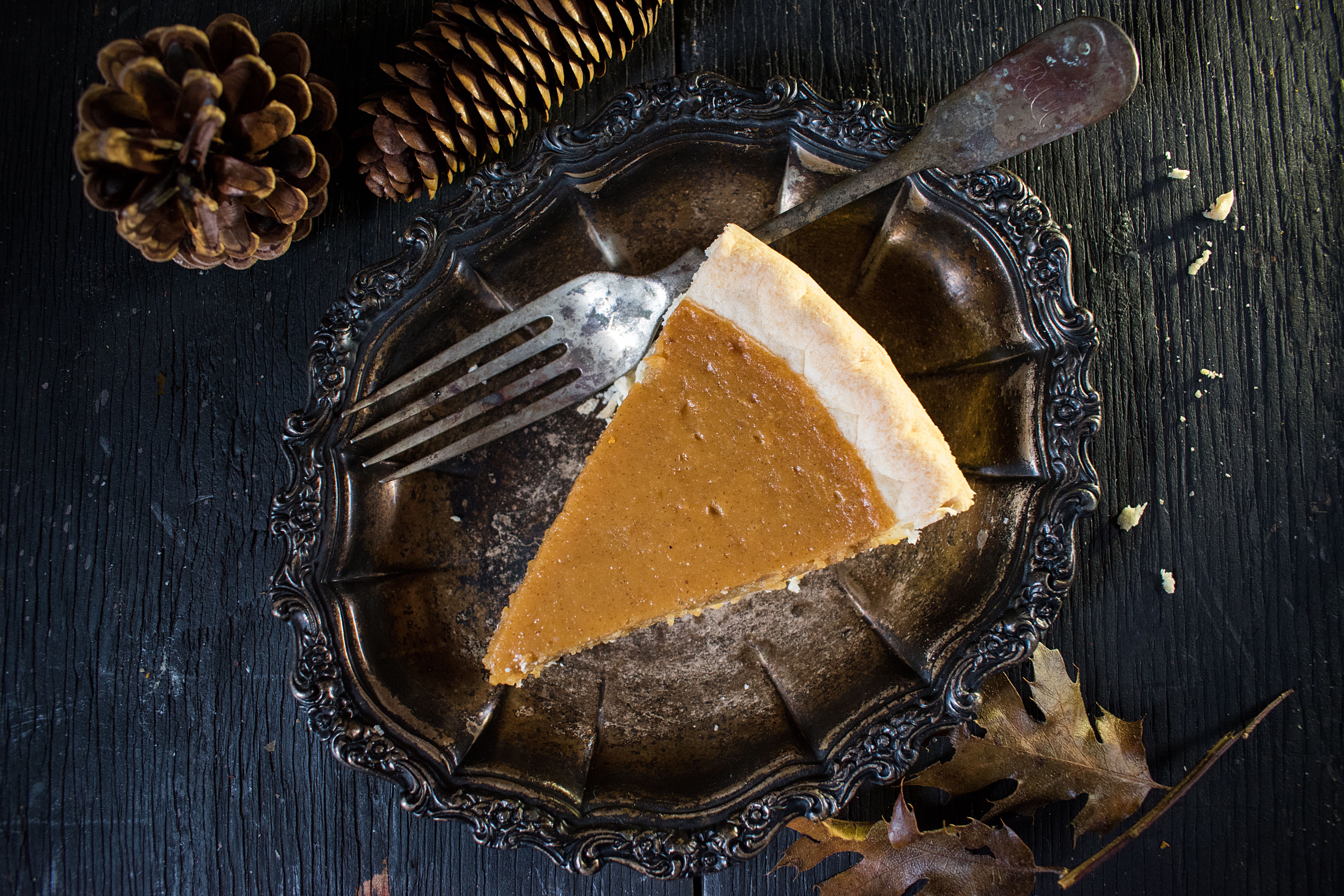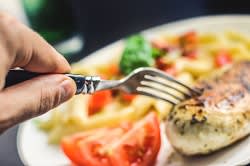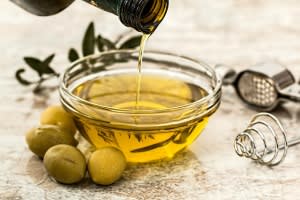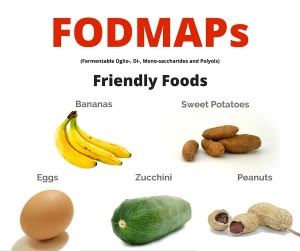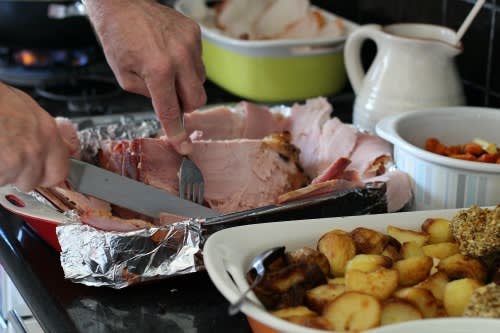Eating Outdoors: Do's and Don'ts
Published: July 25, 2016l
The summer months are full of sun and outdoor fun at the beaches, picnics, and barbecues. However, eating outside during these warm months may increase your risk for contracting food-borne illness. Because of this, safe food handling practices are critical at outdoor events. So before you pack your next picnic basket, consider these tips to ensure a safe, delicious meal!
1. Keep hands, equipment, and utensils clean: Food safety begins with clean hands and surfaces. It is always best to wash your hands with soap and warm water before cooking or handling any type of food. If you know that you will not have access to soap and running water, consider bringing disposable anti-bacterial hand wipes. Additionally, remember to wash all utensils with soap and warm water beforehand, and scrub any cooking surfaces clean.
2. Avoid cross contamination: Keeping raw meats, poultry, and seafood separate from fresh produce and ready-to-eat items is important for preventing cross contamination. Be sure to keep these foods wrapped separately so that they do not contaminate foods that will be eaten raw. It is also a good idea to bring extra plates for handling raw food.
3. Cook foods to their proper temperatures: Cook foods using a thermometer to determine whether or not it is fully cooked. Safe food consumption temperatures vary among fish, meat, and poultry. Here are some FDA recommendations for determining done-ness.
- Chicken: 165° F
- Hamburgers: 160° F
- Fish: 145° F
- Steaks/roasts: 145° F
4. Keep foods hot and/or cold: The temperature “danger zone” for bacterial growth lies between 40° F and 140° F. Therefore, cold foods should be held at or below 40° F, and hot foods should be held at or above 140° F. This means that any food left outside of this range for more than two hours (or one hour when temperatures are above 90° F) should be discarded. The best way to keep food out of the temperature danger zone is to keep these foods in insulated containers until ready to serve.
Information adapted from: The Academy of Nutrition and Dietetics & the FDA
Featured Expert/ Author









